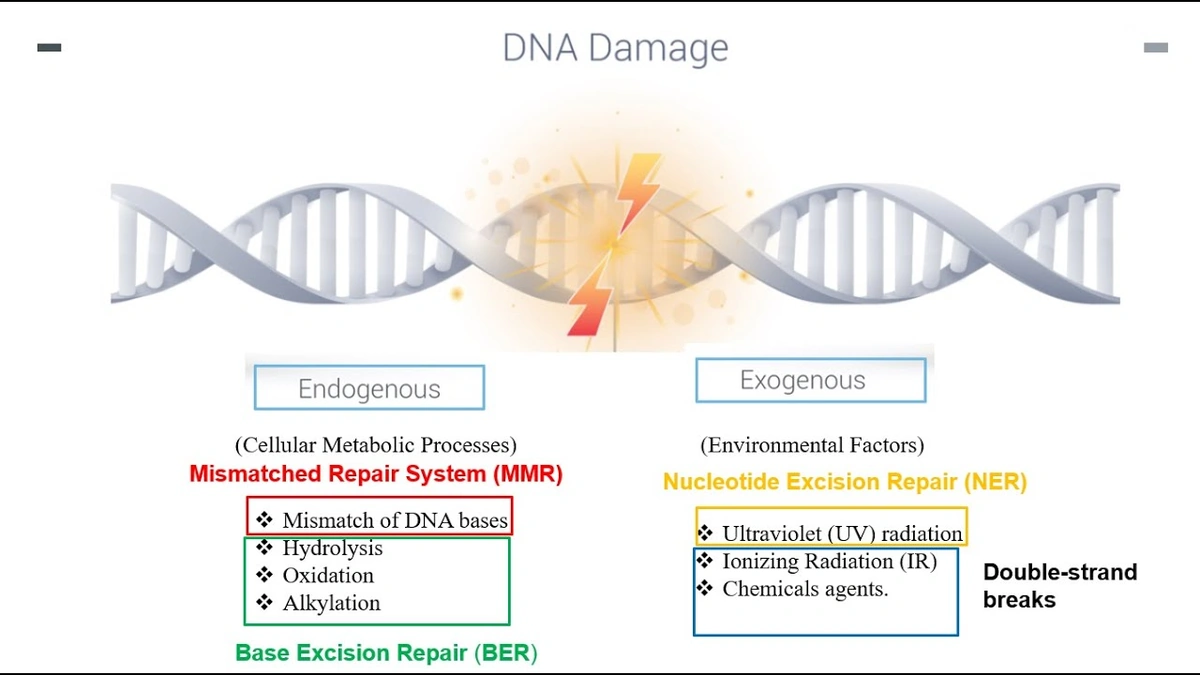Okay, let’s be honest – when you hear “naked mole-rat,” you probably don’t immediately think “future of medicine.” I get it. They’re… well, they’re naked and they look like little sausages with teeth. But what if I told you these bizarre creatures hold a key to understanding – and potentially conquering – some of the most devastating diseases we face today? What fascinates me is their incredible resistance to cancer and their extreme longevity, which hinges on their superior DNA repair mechanisms. Buckle up, because we’re diving into the weird and wonderful world of naked mole-rat DNA repair and its potential for drug development. It’s going to be a wild ride.
Why Naked Mole-Rats? The Longevity Puzzle

So, why all the buzz about these subterranean rodents? The thing is, their lifespan is completely out of whack for their size. A typical mouse lives for maybe two years. Naked mole-rats? Thirty years or more. And here’s the kicker: they show remarkable resistance to age-related diseases, particularly cancer. Now, scientists are scratching their heads, trying to figure out what makes these little guys so resilient. The secret sauce, it turns out, might be in their souped-up DNA repair systems. Think of it like this: our DNA is constantly under attack from environmental factors and the normal wear and tear of living. When DNA gets damaged, it can lead to mutations that cause cancer. But naked mole-rats are exceptional at fixing this damage. Dive deeper into naked mole-rat biology here .
The How-To of Naked Mole-Rat DNA Repair
Alright, let’s get a little technical (but I promise to keep it interesting!). The naked mole-rat’s DNA repair process isn’t just about having the right tools; it’s about how those tools are used and regulated. One key difference lies in the efficiency of their DNA damage response. When their DNA gets hurt, they ramp up their repair mechanisms faster and more effectively than other mammals. This involves a complex interplay of proteins and enzymes that identify, cut out, and replace damaged DNA sequences. What’s truly remarkable is their enhanced ability to maintain the integrity of their genome over their exceptionally long lifespan. It’s like having a super-efficient cleaning crew constantly patrolling your cells, fixing any messes before they become major problems.
And, there are specific genes that seem to play a crucial role. For example, some studies have pointed to differences in the expression of DNA repair genes like BRCA1 and BRCA2 (yes, the same ones linked to breast cancer in humans) in naked mole-rats compared to mice. These subtle differences in how these genes are regulated could have a profound impact on their ability to resist cancer.
Translating Mole-Rat Magic to Human Medicine
Okay, so naked mole-rats are amazing. But what does this have to do with us? Here’s where the potential for drug development comes in. The idea is simple: if we can understand how naked mole-rats achieve their superior DNA repair , we might be able to develop therapies that mimic or enhance these processes in humans. Imagine drugs that could boost our own DNA repair capabilities, making us more resistant to cancer and age-related diseases. That’s the long-term goal. Let me rephrase that for clarity: research into naked mole-rat DNA repair isn’t just about understanding these weird creatures; it’s about potentially revolutionizing how we treat and prevent diseases in humans.
A common mistake I see people make is thinking this is a quick fix. It’s not. It is a long road, with years of research ahead. We must fully understand their mechanisms, and then translate them to human applications.
Challenges and Future Directions
But, as always, there are challenges. First, naked mole-rats are… well, they’re naked mole-rats. They’re not exactly the easiest animals to work with in the lab. Culturing their cells and studying their biology can be tricky. Second, the DNA repair mechanisms are complex and multi-faceted. It’s not just one gene or one protein; it’s a whole network of interacting factors. Unraveling this network will require years of painstaking research. Explore more about species adaptations.
What’s next? Well, researchers are focusing on identifying the key genes and proteins involved in naked mole-rat DNA repair . They’re also exploring how these mechanisms are regulated at the molecular level. The goal is to develop targeted therapies that can enhance DNA repair in specific tissues or organs. It might involve gene therapy, small molecule drugs, or even lifestyle interventions that promote healthy DNA repair . According to Wikipedia , research continues to discover the secrets to longevity.
FAQ | Unraveling the Mysteries of Naked Mole-Rat DNA Repair
Why are naked mole-rats so resistant to cancer?
Their enhanced DNA repair mechanisms prevent mutations that lead to cancer.
How long do naked mole-rats live?
Typically, they live for 30 years or more, which is exceptionally long for a rodent of their size.
What are the potential applications for human health?
Understanding their DNA repair processes could lead to drugs that boost our resistance to cancer and age-related diseases. Focus on understanding cellular senescence for additional benefits.
What is the role of hyaluronic acid?
High Molecular Mass Hyaluronan, is a substance found in their tissues that has shown promise in cancer resistance.
What are some of the challenges in studying naked mole-rat DNA repair?
Naked mole-rats can be tricky to work with in the lab, and their DNA repair mechanisms are complex and multi-faceted.
So, the next time you see a picture of a naked mole-rat, don’t just laugh (okay, maybe laugh a little). Remember that these bizarre creatures might hold the key to a healthier, longer life for all of us. The study of DNA damage response has the potential to transform medicine, and the naked mole-rat is leading the way.




